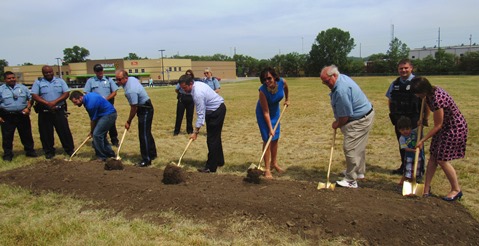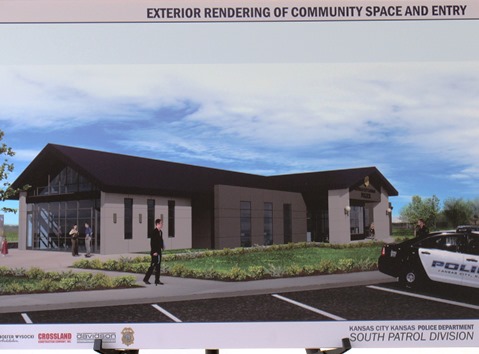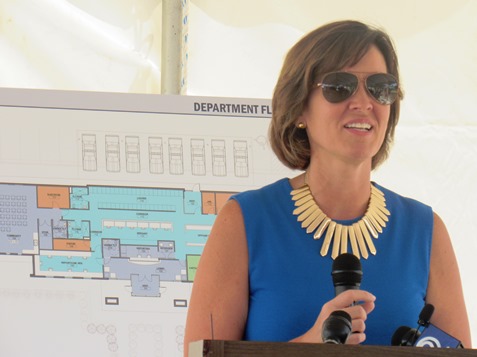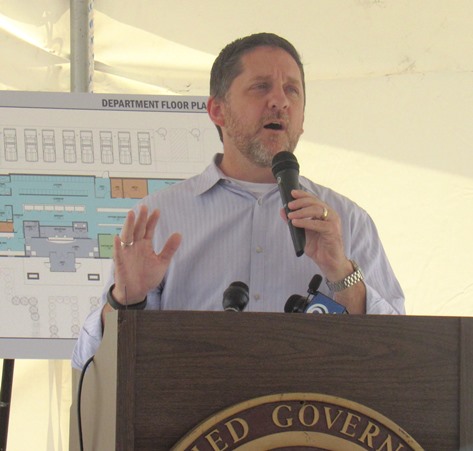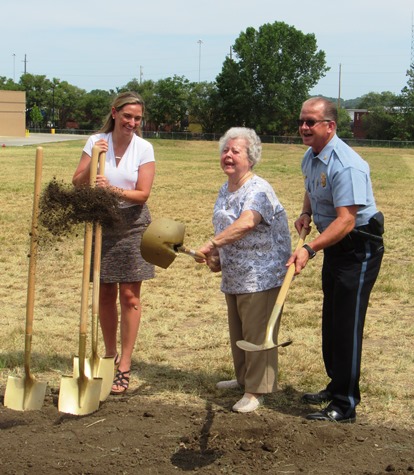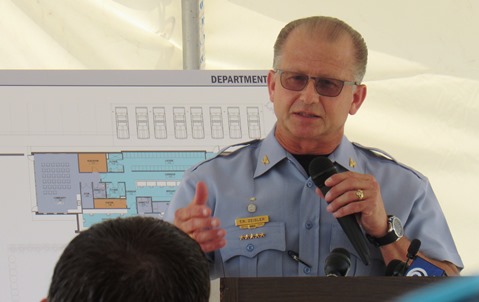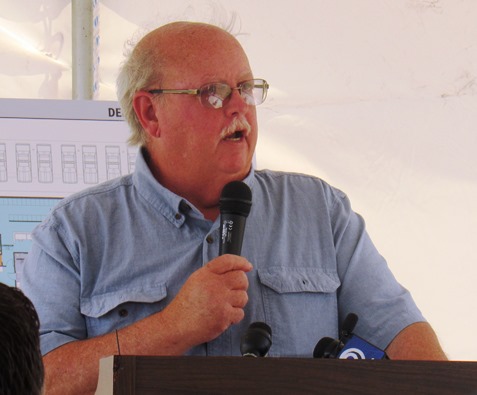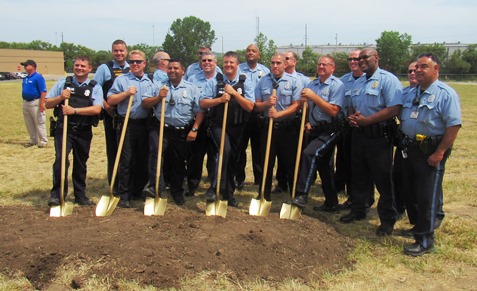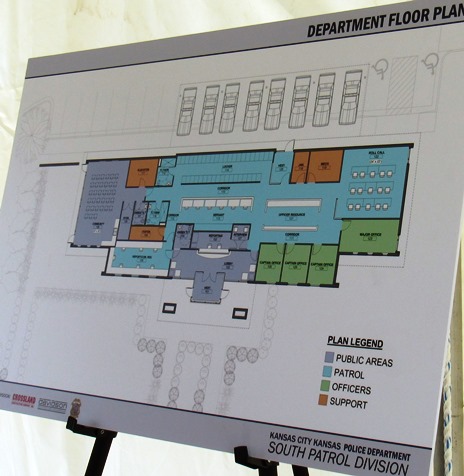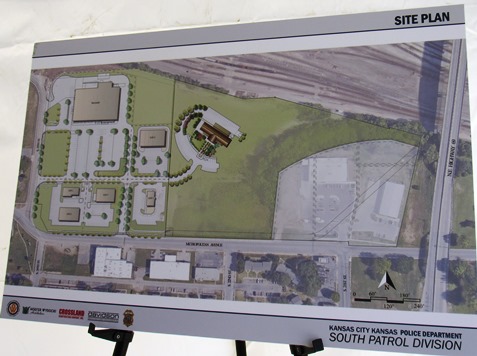by Megan Hart, KHI News Service
Advocates for early childhood education and welfare programs are objecting to parts of two proposals that Republican lawmakers hope will address a recent Kansas Supreme Court decision on the adequacy of funding for public schools.
The Legislature returned Thursday to Topeka for a special session to come up with enough money to fix what the Kansas Supreme Court called inequitable funding for public schools. The court didn’t specify the amount, but lawmakers believe $38 million could do the job.
The state’s tax receipts have consistently come in below expectations this year, leaving almost no cash on hand. The state finance council recently approved borrowing $900 million to ensure Kansas can meet its obligations if cash flow doesn’t come in as anticipated.
One legislative proposal to come up with some of the money for school funding would take $4.1 million from the Children’s Initiatives Fund and move it to the general fund. Another bill would take $3 million from the CIF, which is funded by payments Kansas receives as part of a settlement with major tobacco companies.
The funding would come from the Kansas preschool program, which makes grants to local entities like school districts to run pre-kindergarten programs, said Annie McKay, president and CEO of Kansas Action for Children.
Both bills propose replacing the CIF money with funding from Temporary Assistance for Needy Families, a federal block grant program best known for providing cash assistance to low-income people.
It likely would be a short-term fix if Kansas continues its current practice of spending more than it receives from the TANF block grant. The state used $7 million in TANF funds to replace CIF money for Parents as Teachers, a program that offers home visits to families with young children.
Kansas had about $61.2 million in TANF reserves that it hadn’t spent as of June 30, 2015, but that number likely will be lower when the 2016 fiscal year closes at the end of this month, according to the Kansas Legislative Research Department.
If the state continued to withdraw $11.1 million annually to fund Parents as Teachers and preschool programs, it would run out of TANF reserves in less than six years.
The bills currently before the Legislature only specify how to fund the preschool program in fiscal year 2017, which starts in July, McKay said. After that, it isn’t clear what might happen, she said.
“There’s no vision beyond the next 12 months,” she said. “Funding early childhood programs with TANF is not a sustainable, long-term solution.”
It also isn’t clear what effect the funding shift would have on the preschool program and families who use it. TANF funds can only be used for families with a low income or some other qualification, such as a child with a disability or parents who don’t speak English.
As Parents as Teachers switches to TANF funding, some programs leaders say they may have to limit the number of non-qualifying families they serve.
The groups running preschool programs still could offer services to children who don’t qualify by using funding sources other than TANF, but some may not have enough money to do so. If the preschool programs do have to make changes, they would have little time to adjust, because the fiscal year starts July 1, McKay said.
The timeline is short because of the need to fix the school funding situation before the fiscal year begins. Using funding for the preschool program to accomplish that actually may worsen educational inequities, because the programs are designed to help low-income children catch up with their peers, McKay said. Research has suggested children who attend quality preschool programs may have better educational outcomes but hasn’t proven the programs caused the outcomes.
“This is short-sighted on many levels,” she said.
Usually, when the Legislature takes money from the CIF, it doesn’t attempt to restore it in the next year, McKay said.
It is more likely that legislators will continue making cuts above what they proposed this session when they return next year, further reducing the money available to fund children’s programs in the long term, she said.
“At this point, we’re using almost one out of every two (tobacco fund) master settlement dollars for other uses — to plug the budget hole,” she said.
The nonprofit KHI News Service is an editorially independent initiative of the Kansas Health Institute and a partner in the Heartland Health Monitor reporting collaboration. All stories and photos may be republished at no cost with proper attribution and a link back to KHI.org when a story is reposted online.
– See more at http://www.khi.org/news/article/childrens-advocates-see-use-of-preschool-funds-as-short-sighted-fix#sthash.sP04yoe2.dpuf

